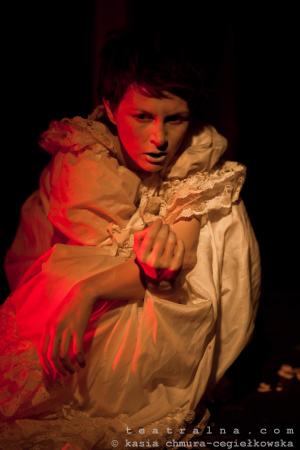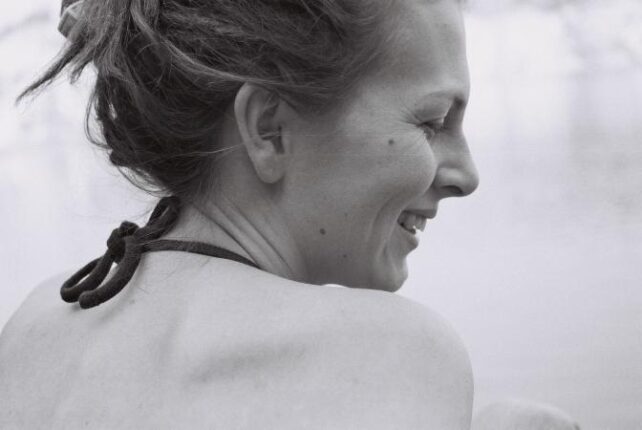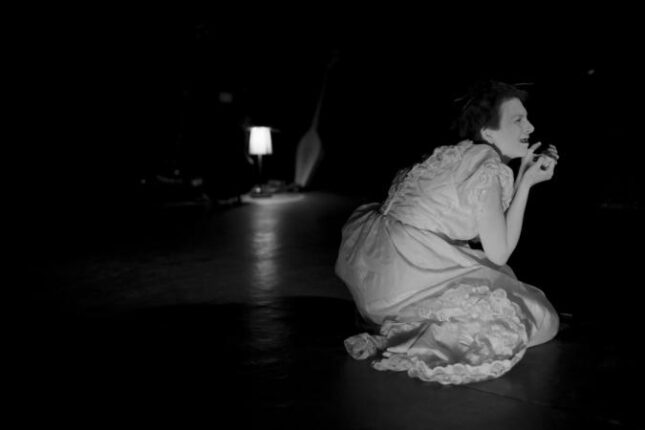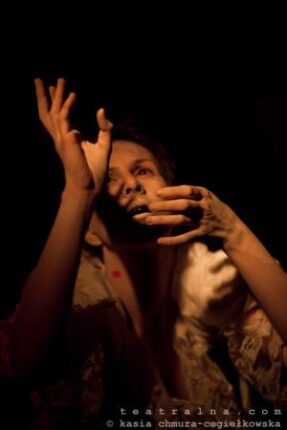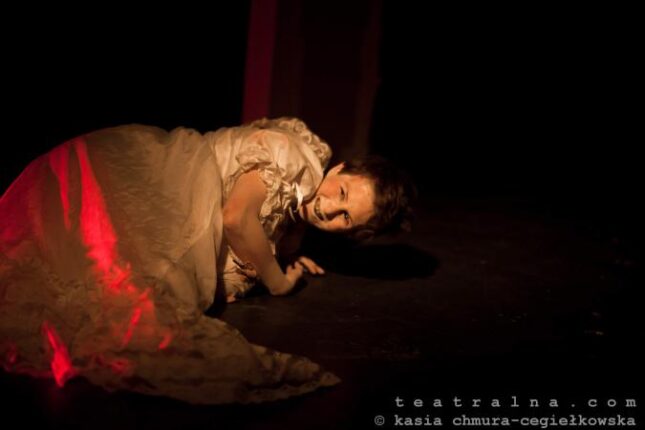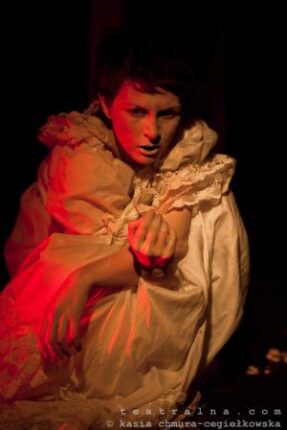Aleksandra Capiga-Łochowiczis a butohdancer, researcher of this form of dance, and expert in Japanese studies. She conducts art therapy and Dance/Movement Therapy (DMT). She was awarded a dance scholarship from the Polish culture ministry.
She practiced butoh in Poland with American dancer Joan Laage, former member of the women’s group Hakutobo, and then in Japan during her individual studies with Toshiharu Kasai (aka Itto Morita), dancer and professor of psychology. Kasai is a psychotherapist and DMT supervisor, professor of the Clinical Psychology Department at Gakuin University in Sapporo, member of the board of the Japan Dance Therapy Association and director of the Sapporo Dance Therapy Institute. Currently, he forms the duo GOOSayTen with dancer Mika Takeuchi.
In 2007–2010 Capiga was involved in educational projects and promoted dance at the Manggha Centre of Japanese Art and Technology in Kraków, Poland. She continues her cooperation with the centre, organising butoh performances. She has toured Poland, running workshops, giving lectures on butoh and presenting butoh performances/improvisations. She runs her original improvisation and butoh dance workshops and workshops of creative dance for children in Warsaw, while participating in many festivals in Poland as dance instructor.
In 2011 Capiga launched her collaboration with the Institute of Psychiatry and Neurology in Warsaw, where she runs group and individual DMT sessions. In 2012, thanks to a scholarship from the Polish culture ministry, she conducted butoh workshops for alcoholic female patients of the institute, which was a start of her permanent cooperation with the institute.
She is the author of the first book on butoh written in Polish,Bunt ciała. Butoh Hijikaty [Revolt of the Body.Hijikata’s Butoh]published by the Manggha Centre of Japanese Art and Technology (2009), and co-author of the screenplay for the first film on DMT, Słuchając głosu ciała. Psychoterapia tańcem i ruchem[Listening to Your Body’s Voice. Dance/Movement Therapy] (2013).
She also published Źródła warsztatu scenicznego Hijikaty Tatsumiego [The Sources of Hijikata Tatsumi’s Stage Technique], a contribution in the book Na jedwabnym szlaku gestu [On the Silk Route of Gesture], edited by Wiesna Mond-Kozłowska (Kraków, 2012).
